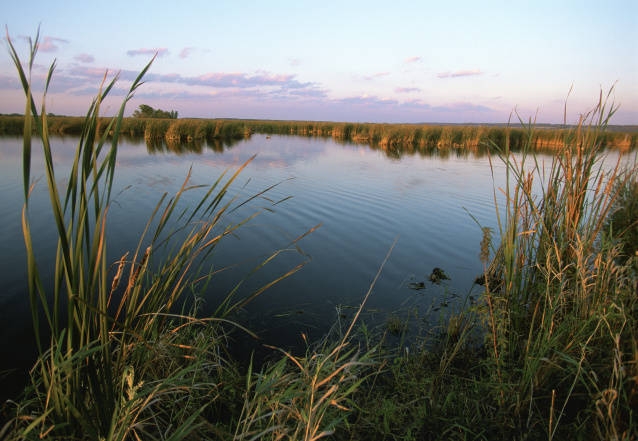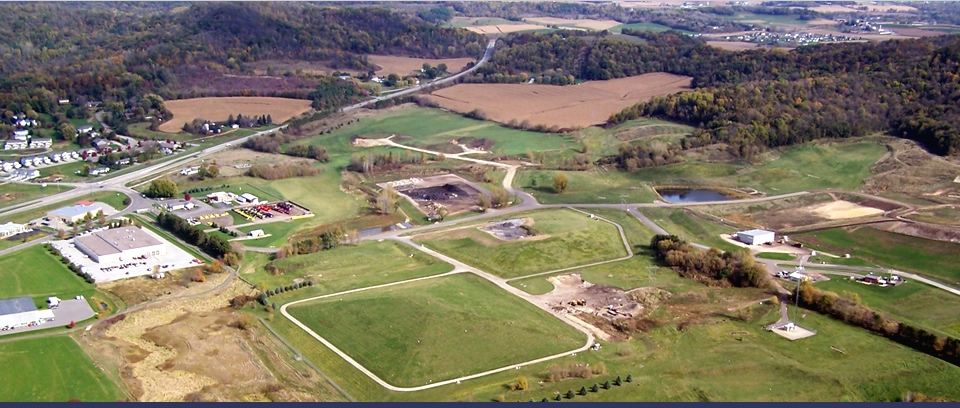Local News
Bill bypassing wetland permit process will spur business, improve wetlands says GOP authors

MADISON, Wis. — There’s apparently nothing to fear in ending the DNR permit process for filling in Wisconsin’s wetlands.
Nothing to fear, says the authors of a proposal that would allow businesses to skip the non-federal, wetland-filling permit process.
During a packed public hearing in Madison on Thursday, Republican Senator Roger Roth said the bill won’t do what conservation critics say it will.
“This bill doesn’t destroy wetlands,” Roth said. “This doesn’t reduce the amount of wetlands in Wisconsin. This is just streamlining that permitting process.
“At the end of the day there will be no net loss of wetlands here in Wisconsin.”
Under Roth’s proposal, businesses would still have to create new wetlands for every wetland they destroy for development. But, replacing wetlands isn’t that easy,Midwest Environmental Advocates attorney Tressie Kamp has said in the past.
“It’s not just take away 100 acres, build 100 acres,” Kamp said. “There are entire DNR and Army Corps of Engineers program staff who work to analyze applications to make sure that if you’re using wetland mitigation … that they’re providing comparable benefits.”
Under the bill, businesses would not need permits to fill in state-controlled and artificial wetlands. Federal wetlands, however, would not be impacted, though it could allow the Wisconsin DNR to assume permitting authority for federal wetlands if the EPA agrees.
“A lot of the concerns, that we’ve heard (with the bill), quite frankly, I don’t share them,” Republican state rep. Jim Steineke said, “because some of the concerns that I’ve heard are people filling in high quality wetlands – major duck habitats and wildlife habitats.”
Steineke, another of the bill’s authors, doesn’t see rampant destruction of wetlands as a real concern because money.
“I don’t see that occurring because No. 1, most developers would avoid that to begin with because of how expensive it would be to fill, how expensive it would be to mitigate, and then the quality of land you would be building on after that,” Steineke said.






